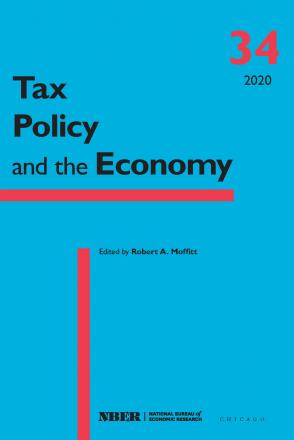Taxes, Incorporation, and Productivity

You may be able to download this chapter for free via the Document Object Identifier.
US businesses can be C-corporations or pass-throughs in the forms of S-corporations and partnerships. C-corporate form confers benefits from perpetual existence, limited liability, potential for public trading of shares, and ability to retain earnings. However, legal changes especially since the 1980s have improved the status of pass-throughs. The C-corporate form has typically been subject to a tax wedge, which has diminished since the 1960s. In our formal model, the tax wedge determines the fraction of firms opting for C-corporate form, the level of output (business productivity), and the C-corporate share of output. This framework underlies our empirical analysis, wherein long-difference regressions for 1978–2013 show that a higher tax wedge reduces the C-corporate share of net capital stock and gross assets. A calibrated model, fit to observed total factor productivity (TFP) and C-corporate share of economic activity, implies that, for 1958–2013, the declining tax wedge and gap between C-corporate and pass-through productivity contributed 0.37 percent per year out of a total TFP growth rate of 1.09 percent per year. From 1994 to 2004, the TFP growth rate was unusually high at 2.00 percent per year, and the estimated contribution from the falling productivity gap between C-corporate and pass-through status was particularly large at 0.77 percent per year. The last channel lines up with legal changes related especially to limited liability companies.


